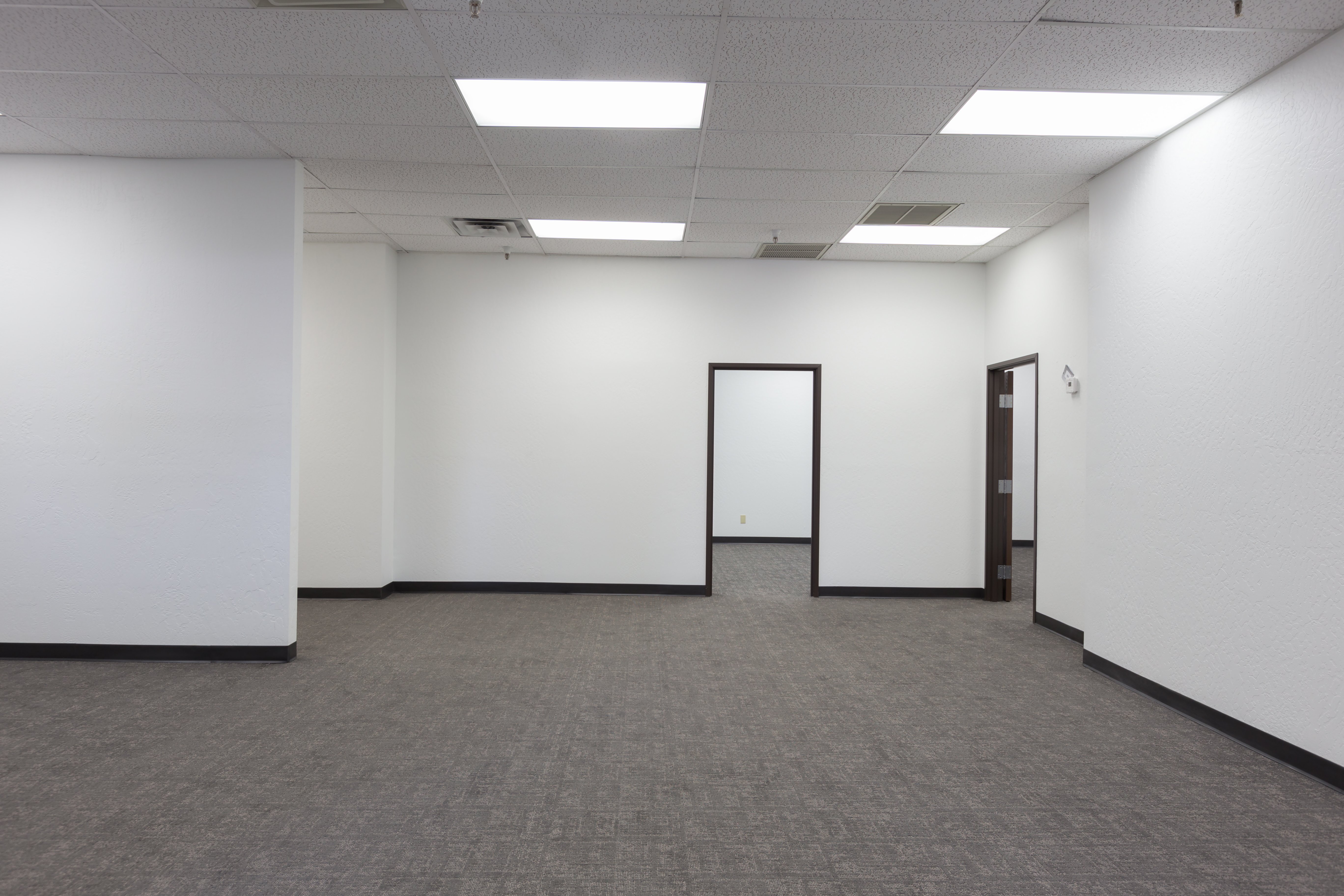In complying with directives from the Office of Management and Budget (OMB), federal agencies have been required to Freeze the Footprint on occupied office and warehouse space. OMB has provided guidance to establish the space occupied in FY 2012 as the footprint, or the space “baseline,” for an agency.
Thus, to comply with Freeze the Footprint, an agency cannot increase its space beyond what it occupied in FY 2012. This directive was augmented by a “no net new” policy, which requires federal agencies to relinquish existing space equal to or greater than the amount of any increase in space.
This means an agency can fund space projects and increase space to meet operational demands but must release existing space equal to the space increase. Thus, if an agency adds 1,000 usable square feet (USF) of new space, it must dispose of at least 1,000 USF of existing space.
Space and Expense
When combined, these directives form a logic sequence: space is capped at the FY 2012 level, and if an agency wants to increase space to meet mission demands, it must also relinquish space to stay at or below the FY 2012 level.
Many agencies recognize that the space occupied is the second largest expense in an agency’s budget, with personnel typically being the most significant expense.
Solving the Challenges
In our next article, we will explore part one of three challenges created by Freeze the Footprint; Pipeline Projects, GSA Re-Measurements, and Time Lag in Updating GSA Rent Records. These challenges will also be illustrated with options for resolution in an upcoming white paper published by Fentress Incorporated soon.










.jpg)


.jpg)
-1.jpg)
.jpg)
.jpg)
.jpg)
.jpg)
.jpg)
.jpg)

